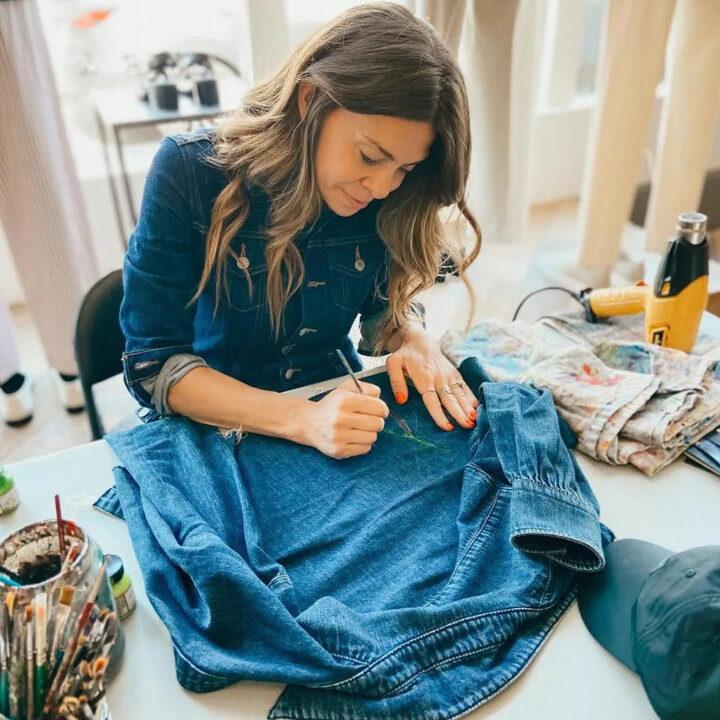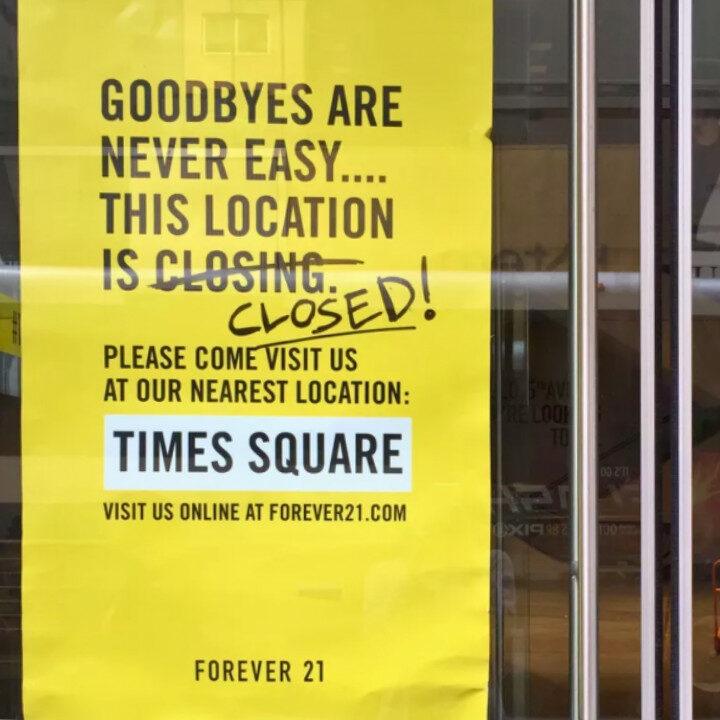In times of economic uncertainty, people look for signs – any signs – that might offer a glimpse of what’s coming next. Lately, those signs seem to be everywhere: the resurgence of skinny jeans, the return of 2008-era indie sleaze, even Ed Sheeran’s comeback. On social media, the idea of a ‘recession indicator’ has become a running joke, with everything from capri pants to frozen juice concentrate framed as omens of looming financial doom. But beneath the irony lies a genuine question: Can cultural trends really predict economic downturns? And if so, what do the revival of mid-aughts fashion and the rise of ‘quiet luxury’ reveal about the direction we’re heading?
Read More: Is Gen Z Ageing Faster? A Closer Look At The Truth
View this post on Instagram
The Meme-ification Of Economic Anxiety
The internet’s obsession with recession indicators is, in many ways, a coping mechanism. Faced with rising inflation, market volatility, and the spectre of new tariffs, people tend to respond in one of two ways: panic or parody. Lately, parody has dominated social media, where users half-jokingly point to anything vaguely nostalgic – peplum tops, statement necklaces, the resurgence of ‘Suits’ – as proof that we’re trapped in a cyclical timeline. The humour lies in the absurdity: if everything is a recession indicator, then maybe nothing is.
Still, the meme didn’t appear in a vacuum. The echoes of 2008 are hard to ignore. That particular financial crisis reshaped consumer habits – ushering in a wave of minimalist fashion (à la Phoebe Philo’s Céline) and a turn toward practicality. Today, we’re witnessing a similar shift: the rise of ‘quiet luxury,’ fast-fashion giants like Pretty Little Thing pivoting to business-casual staples, and even Stella McCartney’s latest collection blurring the lines between workwear and nightlife.

Fashion As A (Flawed) Economic Barometer
During periods of financial strain, certain trends reliably emerge – ranging from DIY aesthetics (think messy buns and at-home haircuts) to the renewed popularity of budget-friendly staples like rice and beans or thrifted clothing. However, other resurgences – such as the return of ‘indie sleaze’ or skinny scarves – are better understood as expressions of generational nostalgia rather than direct responses to economic conditions.
This distinction is important because conflating correlation with causation can lead to flawed interpretations. As highlighted in the Journal of Consumer Research, economic uncertainty tends to drive behavioural shifts that are rooted in psychological needs – such as the desire for control, comfort, or familiarity – rather than purely financial decision-making. When applied to fashion, this means that aesthetic revivals often function as emotional coping mechanisms – not necessarily as clear indicators of a recession.
While fashion choices undoubtedly reflect broader cultural climates, reducing every trend to an economic signal overlooks the nuanced interplay of memory, identity, and personal expression that truly shapes how we present ourselves to the world.

What’s Really Happening?
While fashion trends alone can’t predict a recession, they often serve as a lens through which collective sentiment is reflected. The luxury market is already showing signs of strain, with major brands like Gucci and Burberry indicating slower growth. At the same time, consumers are increasingly drawn to versatility – illustrated by the return of business casual as an adaptable, go-to wardrobe staple.
The reality is, we rarely recognise a recession until we’re well into it. Yet the cultural fascination with economic signals – both tongue-in-cheek and sincere – points to a broader undercurrent: people are preparing, in their own ways, for uncertainty. And if the past is any reflection, fashion will continue to echo this mood, whether through pared-back simplicity or a playful turn toward more accessible indulgences.
In the end, perhaps the most telling ‘indicator’ of an impending downturn isn’t a viral trend or a TikTok meme – it’s the fact that so many of us are actively searching for one.

Catherine Pun
A Hong Kong native with Filipino-Chinese roots, Catherine infuses every part of her life with zest, whether she’s belting out karaoke tunes or exploring off-the-beaten-path destinations. Her downtime often includes unwinding with Netflix and indulging in a 10-step skincare routine. As the Editorial Director of Friday Club., Catherine brings her wealth of experience from major publishing houses, where she refined her craft and even authored a book. Her sharp editorial insight makes her a dynamic force, always on the lookout for the next compelling narrative.




